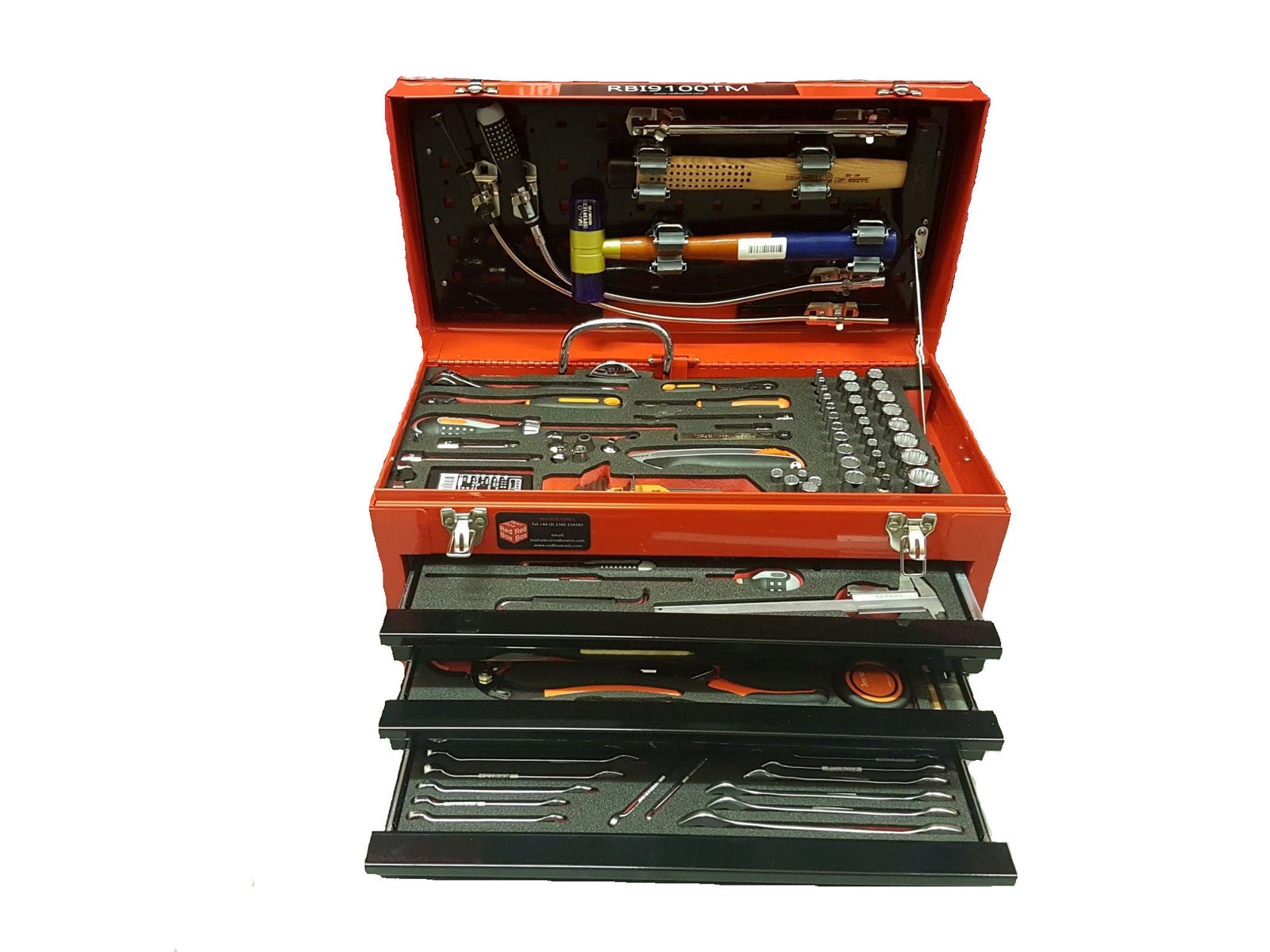The aeronautical industry is witnessing rapid advancements in technology, revolutionizing how aircraft are designed, maintained, and operated. Modern aeronautical tools are at the forefront of these changes, enhancing both safety and speed across all facets of aviation. For professionals in the Engineering, Procurement, Construction, and Installation (EPCI) sector, understanding these innovations is crucial for meeting the rigorous demands of the aerospace industry. Engineers, project managers, and industry stakeholders rely on cutting-edge tools to deliver superior aircraft performance while adhering to global safety standards.
One of the most significant contributors to improved aircraft safety is the use of advanced diagnostic and inspection tools. Non-destructive testing (NDT) technologies, such as ultrasonic testing, radiographic imaging, and eddy current inspection, allow engineers to detect flaws in aircraft components without dismantling them. Ultrasonic testing provides detailed insights into internal structures by using high-frequency sound waves to identify cracks or voids. Radiographic imaging, on the other hand, offers a precise view of internal areas through X-ray technology, revealing potential defects that could compromise safety. Eddy current inspection is particularly useful for detecting surface and near-surface cracks in critical metal components. These advanced diagnostic tools play a crucial role in identifying vulnerabilities before they lead to mechanical failures, thereby ensuring the continued airworthiness of aircraft.
Computer-Aided Design (CAD) and Computer-Aided Manufacturing (CAM) software are also transforming how engineers enhance both safety and speed in aircraft development. These digital tools allow for precise modeling and simulation of complex aircraft systems, enabling engineers to test various design scenarios under real-world conditions. Through CAD and CAM, engineers can identify structural weaknesses, optimize aerodynamic profiles, and improve fuel efficiency. Additionally, these tools facilitate rapid prototyping, reducing the time needed to transition from design to production. The ability to simulate and analyze aircraft performance digitally allows for more accurate predictions of how aircraft will respond to stress, turbulence, and extreme environmental conditions.
The adoption of Computational Fluid Dynamics (CFD) software is another game-changer in improving aircraft speed. CFD software allows engineers to analyze airflow over aircraft surfaces, optimizing designs for reduced drag and improved aerodynamics. This tool simulates real-world aerodynamic conditions, providing critical data on lift, pressure distribution, and thermal effects. By refining aerodynamic efficiency, engineers can enhance aircraft speed while maintaining fuel economy. Furthermore, CFD software aids in the development of new propulsion technologies, allowing for the design of engines that deliver higher thrust while maintaining structural integrity.
Modern aeronautical tools also include precision measuring instruments that enhance safety during manufacturing and maintenance. Tools like coordinate measuring machines (CMM), laser trackers, and digital calipers provide the high levels of accuracy needed to meet tight aerospace tolerances. CMMs are essential for verifying the geometric integrity of complex components, ensuring that each part meets design specifications. Laser trackers offer real-time measurement capabilities for large-scale assemblies, allowing engineers to maintain precise alignment during the manufacturing process. Digital calipers provide quick and accurate measurements for smaller components, reducing the risk of human error. These precision instruments ensure that all aircraft components meet the highest standards of quality and reliability.
In the maintenance and operational sectors, modern aeronautical tools are improving safety and efficiency through predictive maintenance systems. Aircraft are equipped with advanced sensors that monitor critical parameters such as engine performance, structural integrity, and environmental conditions. These sensors collect real-time data, which is analyzed using machine learning algorithms to predict potential failures before they occur. Predictive maintenance minimizes downtime, reduces repair costs, and enhances passenger safety by addressing issues proactively. Engineers can also use diagnostic software to interpret sensor data, allowing for quick and accurate decision-making during routine inspections and emergency repairs.
Another critical aspect of modern aeronautical tools is their contribution to regulatory compliance and quality assurance. Aviation authorities, including the Federal Aviation Administration (FAA) and the European Union Aviation Safety Agency (EASA), enforce stringent safety regulations. Engineers use specialized tools such as inspection gauges, calibration equipment, and certification management software to ensure compliance with these standards. Inspection gauges verify that manufactured components align with precise dimensional tolerances, while calibration equipment ensures the accuracy of measurement tools over time. Certification management software streamlines the process of documenting and verifying compliance, making it easier for engineers to meet regulatory requirements and maintain the highest safety standards.
The integration of automation and robotics in aeronautical engineering is also enhancing aircraft safety and speed. Automated assembly lines use robotic arms to perform precise, repetitive tasks with unparalleled accuracy. This reduces the likelihood of human error and accelerates the production process. Robotics are also used in aircraft inspections, where automated drones equipped with high-resolution cameras and infrared sensors can examine large aircraft surfaces quickly and thoroughly. These automated systems improve inspection accuracy while reducing the time and labor required for maintenance operations.
The future of aeronautical engineering will continue to be shaped by technological advancements that prioritize safety and speed. Engineers who stay abreast of these innovations will play a pivotal role in designing and maintaining next-generation aircraft. Investing in modern aeronautical tools not only enhances operational efficiency but also ensures compliance with evolving safety regulations. As the aerospace industry continues to push the boundaries of what is possible, the right tools will remain indispensable for achieving superior performance and protecting lives.
Stay at the forefront of aeronautical innovation by equipping yourself with the most advanced tools and technologies. Explore expert resources and stay updated with the latest industry insights at epci.ng today.







Leave feedback about this